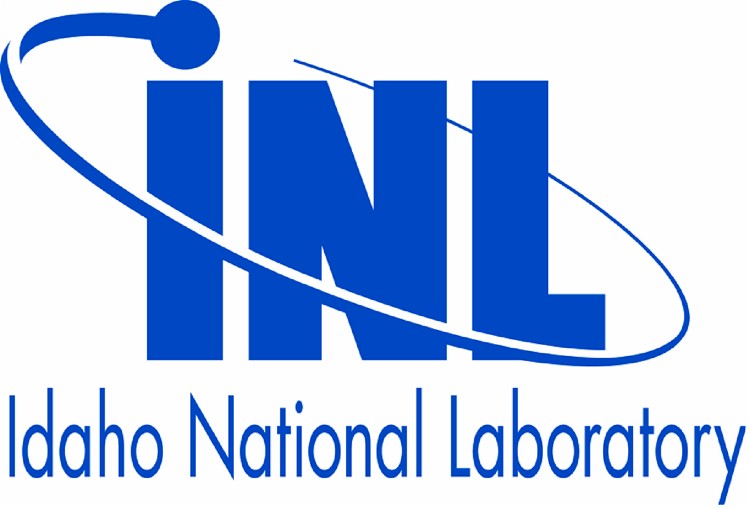Edward Moniz, the U.S. Secretary of Energy, just announced that the federal government is going to invest eighty two million dollars in nuclear energy research. The announcement was made during a visit to the Department of Energy's Idaho National Laboratory. It is hoped that the ninety three projects that have been chosen for funding will eventually yield innovative nuclear technology that will be available to the commercial market. Thirty six million dollars will go to projects at forty nine universities. An additional fifteen universities will get almost six million for research on reactor and infrastructure.
Moniz singled out two particular areas of nuclear research that he is especially interested in. The first area is the development of small modular reactors (SMRs). These reactors would generate less than three hundred megawatts. They would be built in factories and assembled onsite. It is hoped that these SMRs will be cheaper and safer than conventional reactors. They would give utilities more flexibility in adding new capacity without the enormous startup costs needed for conventional reactors. He said that much research still needs to be done before SMRs will be available.
The second area has to do with nuclear fuels. Moniz hopes that "advanced" nuclear fuels can be developed that would be more resistant to accidents. New materials are being developed for the cladding that coats fuel rods. The new materials should be more stable in the conditions inside reactors and less likely to generate dangerous hydrogen gas that can lead to explosions and fires.
Another major area of concern for nuclear energy generation is what to do with all the spent nuclear fuel. Currently, the U.S. does not have a permanent geological repository for disposal of spent nuclear fuel. Such a repository will not be available before 2050 at the soonest. In the meantime, spent nuclear fuel is rapidly filling up the cooling pools at nuclear reactors. Temporary dry cask storage will be necessary but the current design of dry casks has serious shortcomings.
Research at the Idaho National Laboratory on dealing with spent nuclear waste is currently prevented by a 1995 law that requires the disposal of high-level nuclear waste now stored at the Laboratory. There are lawsuits between the federal government and the state government over the 1995 law. Hopefully, these suits can be resolved quickly because the Laboratory needs to get to work on researching better ways to deal with nuclear waste.
Twenty one million dollars of the new research program will be spent on joint projects involving in the Office of Nuclear Energy and the Office of Environmental Management for nuclear waste immobilization. These joint projects are part of Moniz's plan to integrate advanced nuclear research and remediation efforts for nuclear waste.
The new investments in nuclear research are part of the Obama administrations push for low-carbon electrical generation to fight climate change. Nuclear energy currently provides about twenty percent of electricity generated in the U.S. It is estimated that it accounts for about sixty percent of the low-carbon electrical generation for the nation.
